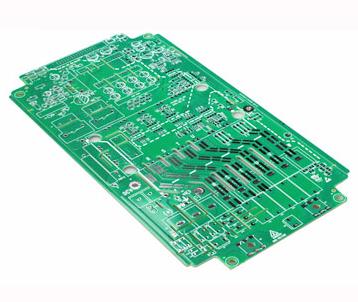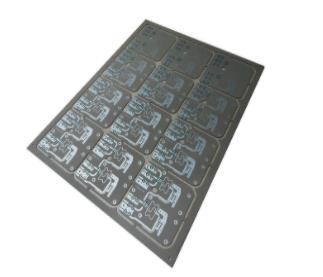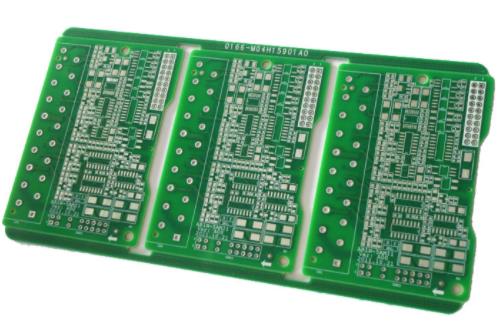
Overview of PCB Reliability Testing and Semi curing Sheet of Multilayer Board
PCB manufacturing, PCB design and PCBA processing manufacturers will explain the quality and reliability test of PCB and the overview of semi solidified sheet of multilayer board
The quality and reliability of the circuit board are jointly determined by the design side, manufacturing side and assembly side. In another way, they are also jointly determined by the customer and manufacturer. However, the meaning of quality and reliability for products is very different. Quality represents the synthesis of economic benefits, safety, reliability, stability, operability, performance, maintainability, etc.
But in terms of reliability, it is just the probability of product failure in a certain period of time, so reliability can be said to be an indicator to evaluate the functional stability of products in the life cycle. General reliability issues can be discussed, including failure rate, reliability test, etc., which are basically one to two, two to one individuals. We will discuss the related issues of both in this chapter.

1. Quality and reliability indicators
Generally, the measurement methods for quality reliability are different, and the sampling concepts adopted are also different. The quality index mainly focuses on quantity, so the concept adopted is to obtain the proportion of defective products in a statistical mode. One defective product per million is a common calculation mode. As for the reliability index, it focuses on the long service life of the product. There are mainly two methods: (1) a small number of samples are used for a long time; (2) a large number of samples are used for a short time. The failure time is a common language. The meaning of each unit of FIT is the probability of one failure per billion component working hours.
2. Description of reliability
The calculation basis of reliability is generally expressed in a simple reliability equation as follows:
R(t)=1-F(t)
F (t) means failure rate. The general failure rate function includes four main failure types, namely, instantaneous failure rate, average failure rate, average failure rate occurrence time, and average failure time interval. The fourth item is more special, which refers to some fault conditions that can be reset or repaired automatically, such as crash.
The most common reliability problem of general products is the so-called reliability bathtub curve, and its general graph is shown in the following figure.
By using the process of burning machine test, the producer can eliminate the products in early death period in a more strict way. As for the conditions of the burn in test, how to set the boundary between the early death period and the normal period must be carefully evaluated in advance. Especially in recent years, the life cycle and replacement rate of electronic products have obvious variations, while many test specifications are early U.S. military specifications or communication system product specifications. Whether to follow the same standards or conduct downward repair must be cautious.
Overview of prepreg of multilayer board
Semi cured sheet is a kind of sheet material composed of resin and reinforcement materials. Reinforcing materials can be divided into glass cloth, paper base and other composite materials. At present, glass cloth is mostly used as the reinforcing material for the semi-solid sheet used in the manufacturing of multilayer circuit boards. Therefore, we will mainly discuss the glass cloth reinforced prepreg.
As the main material used in the manufacturing of multilayer boards, the semi curing sheet is a thin material made of treated glass fiber cloth, impregnated with resin glue, and then pre baked to make the resin enter stage B.
The surface treatment of the glass cloth selected in the prepreg is to apply a special coupling agent on its surface to improve the adhesion between the glass cloth and the resin.
In glass cloth, the length direction of the cloth roll is called the warp direction, and the yarn in the warp direction is also called "warp"; The direction perpendicular to it is the weft direction, and the corresponding yarn count is "weft".
The unit number of warp and weft yarns in various glass fabrics is different, so there are 106, 1080, 2116, 7628 and other types of glass fabrics. Accordingly, the thickness of each kind of glass cloth after lamination is different.
The resins used in the prepreg mainly include epoxy resin, bismaleimide/triazine, polyimide, etc. The corresponding adhesive sheets are called FR-4, BT, PI and other different brands, and their physical and electrical properties are different.
In the production process of adhesive sheet, its resin is generally divided into the following three stages:
Grade A: the liquid resin that can flow completely at room temperature. It is in this state when the glass cloth is dipped;
Level B: the epoxy resin is partially cross-linked in the semi curing state, and it can return to the liquid state again under the heating condition;
Level C: The resin is completely cross-linked. It will soften under heating and pressure, but it can no longer become a liquid. This is the final state of the semi cured sheet after the multilayer board is pressed. PCB manufacturing, PCB design and PCBA processing manufacturers will explain the quality and reliability test of PCB and the overview of semi curing sheet of multilayer board.







